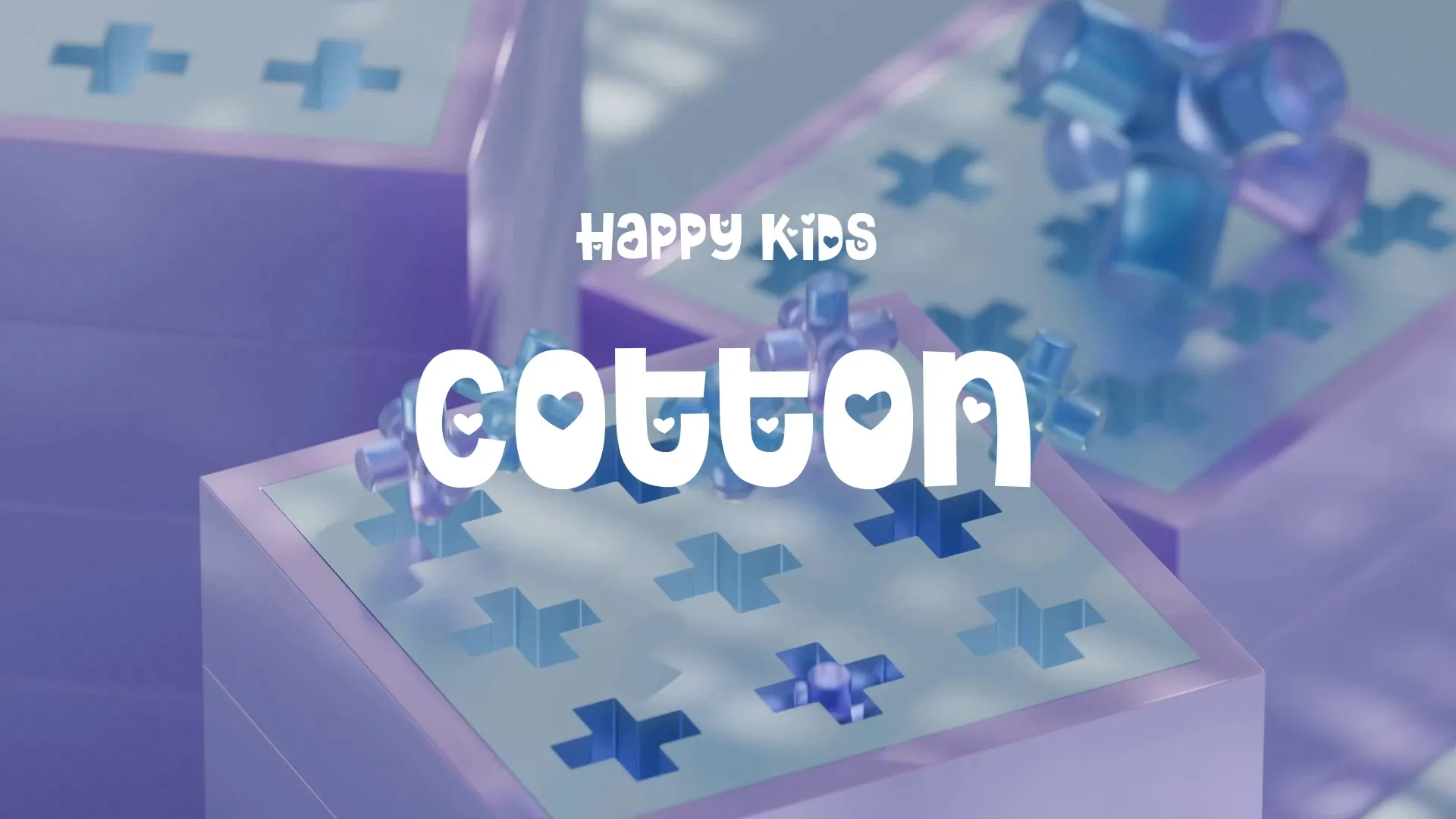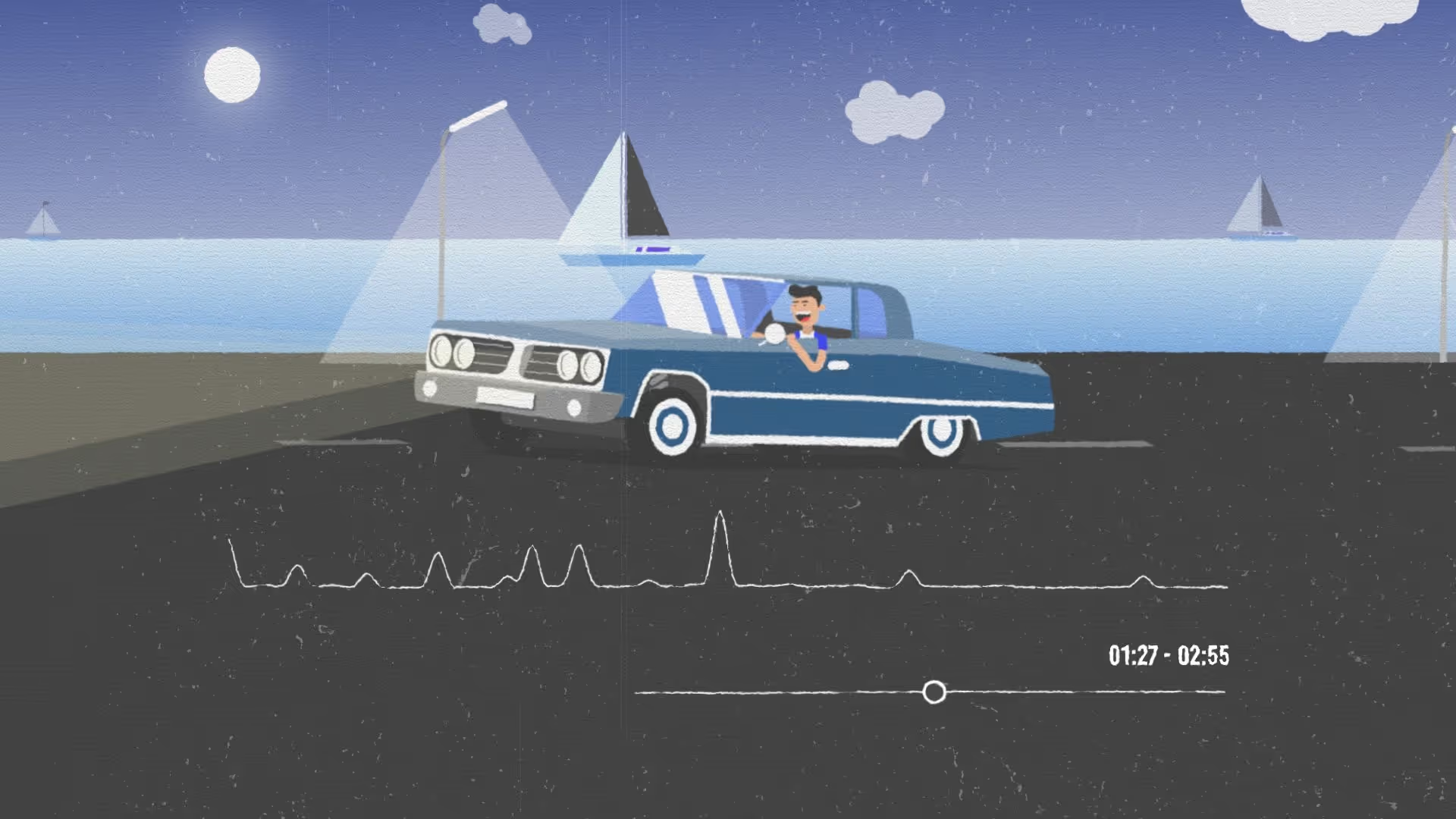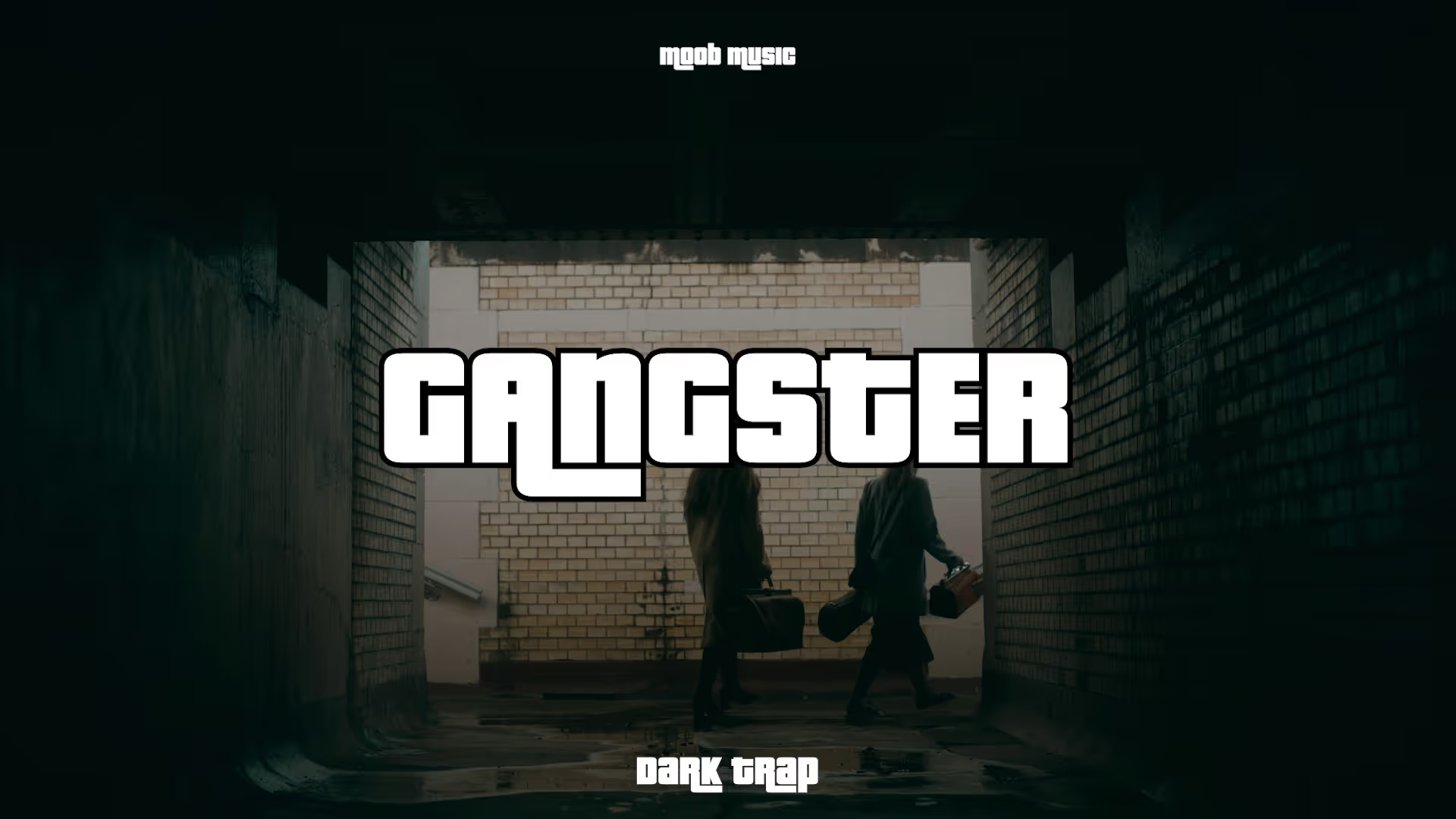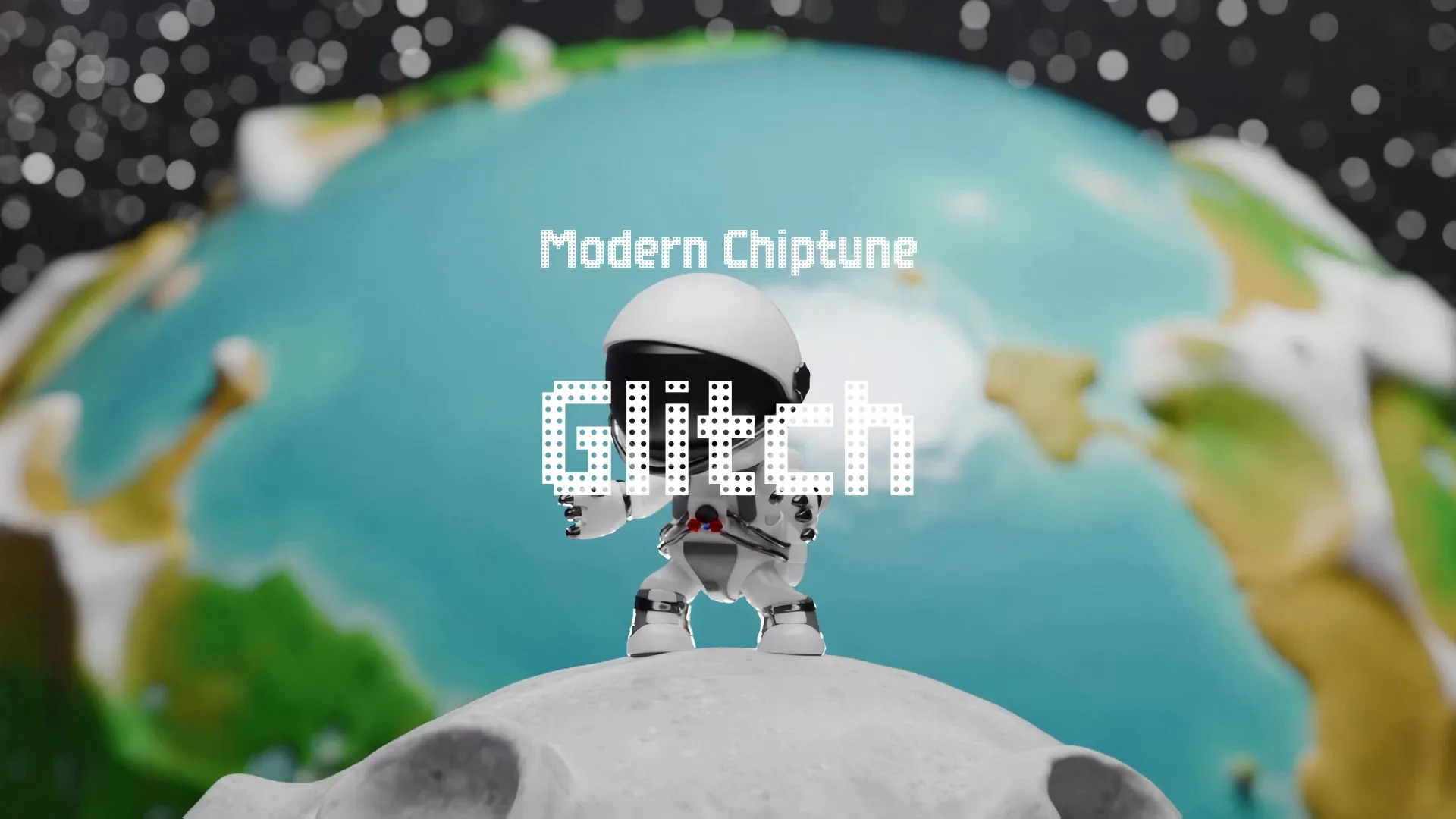Why the MVP is the Kiss of Death for Game Development
Alright, buckle up, buttercups! We’re diving headfirst into the pixelated pandemonium of game development, and I’m about to drop a truth bomb so potent, it’ll make your framerate stutter. Forget everything you think you know about Minimum Viable Products (MVPs) because, in the glorious, chaotic world of games, they’re often about as useful as a chocolate teapot.
It’s time for a hard truth: the MVP approach, while revered in the hallowed halls of SaaS startups and agile software development, is frequently the kiss of death for game projects.
The MVP Misconception: A Recipe for Disaster
We’ve all heard the siren song of the MVP: Build something small, test it, iterate. Sounds reasonable, right? In the hands of a competent team crafting a web application, it’s a godsend. Now picture this: You apply this logic to a video game. What emerges is a hollow shell of what could be. A barely playable prototype, devoid of the heart and soul that makes games truly captivating.
This isn’t just about cutting corners; it’s about fundamentally misunderstanding the core essence of what makes a game… a game. The purpose of game development is to entertain. If your MVP fails to capture player interest, it’s failed.
Why Games Aren’t Like Toaster Ovens: The Engagement Imperative
Software, in its purest form, is often functional. A toaster oven heats bread. A CRM manages customer data. These are, at their core, utilities. Games, however, are experiences. They are designed to evoke emotions, to challenge the player, and to transport them to another world. They can’t merely function; they must captivate from the very first interaction.
Think of it this way: No one cares if your accounting software looks like it was designed by a committee of colorblind gerbils, as long as it balances the books. But if your game’s first five minutes are dull, repetitive, or aesthetically offensive, players will bounce faster than a superball on a trampoline. First impressions matter.
This is the fundamental flaw of applying the MVP methodology to game development: games are experiential, emotional, and highly subjective. The MVP approach struggles to account for these critical factors.
The “Fun First” Fallacy: A Cynical Counterpoint
Some might argue that you can, and should, prioritize “fun first” within an MVP framework. The idea being: focus on the core gameplay loop, ensure that’s engaging, and then build out the rest of the features.
This sounds reasonable, until you try to define “fun.” Is it challenging combat? Clever puzzles? Compelling narrative? Visually stunning environments? All of the above? This inherent subjectivity creates a significant challenge. Trying to shoehorn the nebulous concept of “fun” into the rigid structure of an MVP is like trying to fit a square peg into a round hole, with a sledgehammer.
You’re bound to break something.
The Illusion of Efficiency: False Economies and Missed Opportunities
The promise of the MVP is rapid iteration and efficient resource allocation. In game development, this often translates to a different outcome: a game that is technically functional, but creatively bankrupt.
Developers, under pressure to deliver a “viable” product quickly, often resort to generic art assets, derivative gameplay mechanics, and a narrative so thin it could slip through a black hole. They launch a game that’s not only unremarkable, but actively detrimental to the studio’s reputation.
A truly great game requires passion, artistry, and a willingness to experiment. It is not something that can be squeezed out of a team under the constraints of a ruthlessly efficient MVP process.
Create a free account, or log in.
Gain access to free articles, game development tools, and game assets.
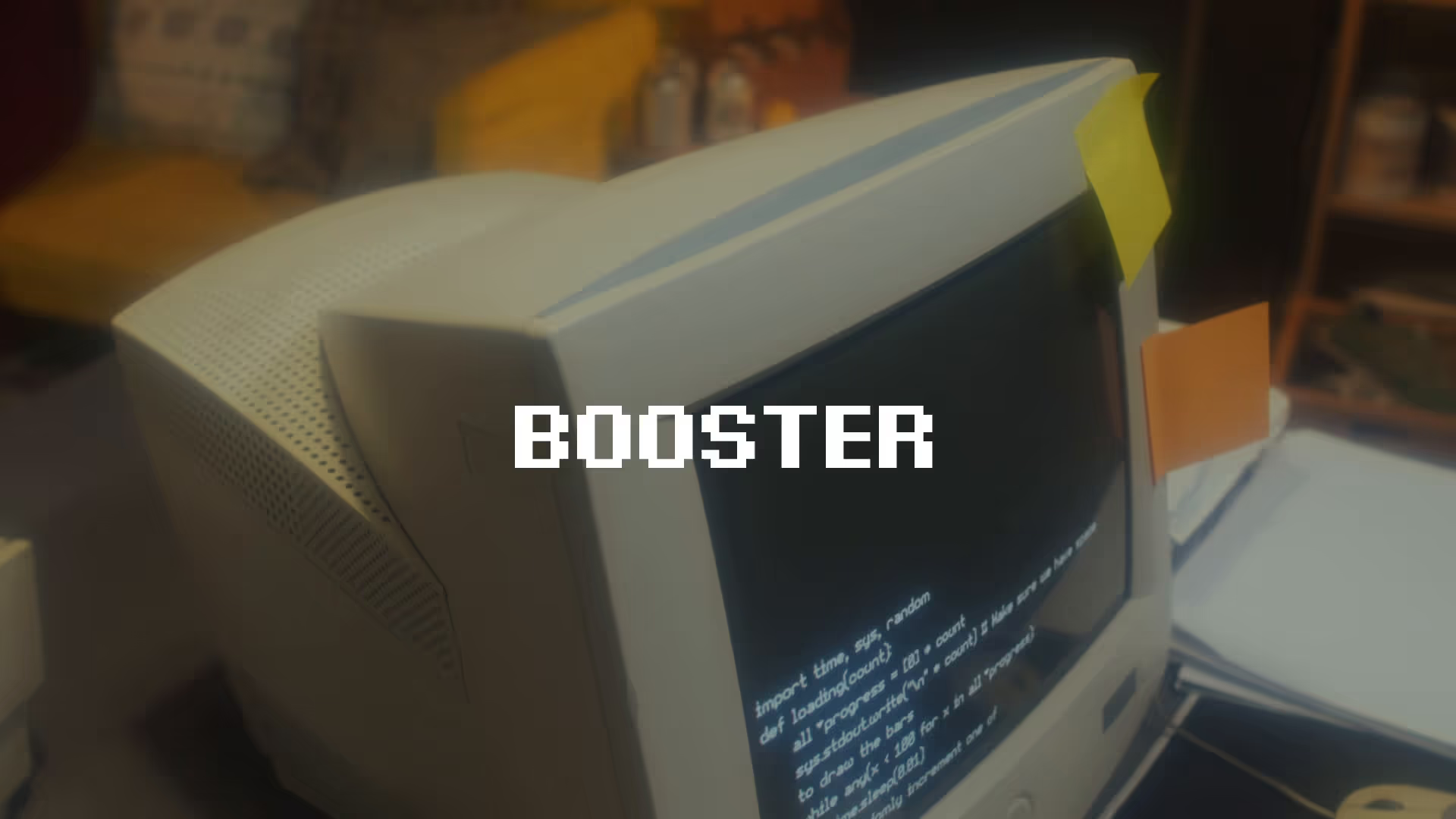



.webp)










